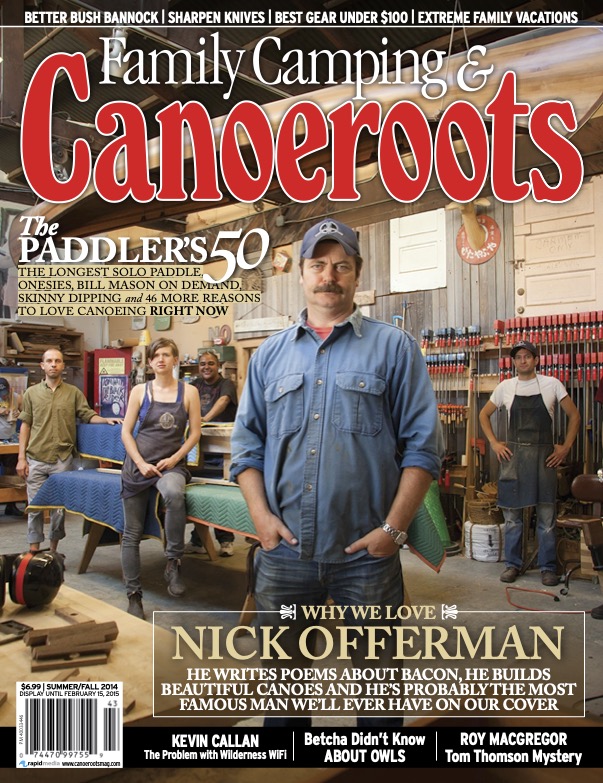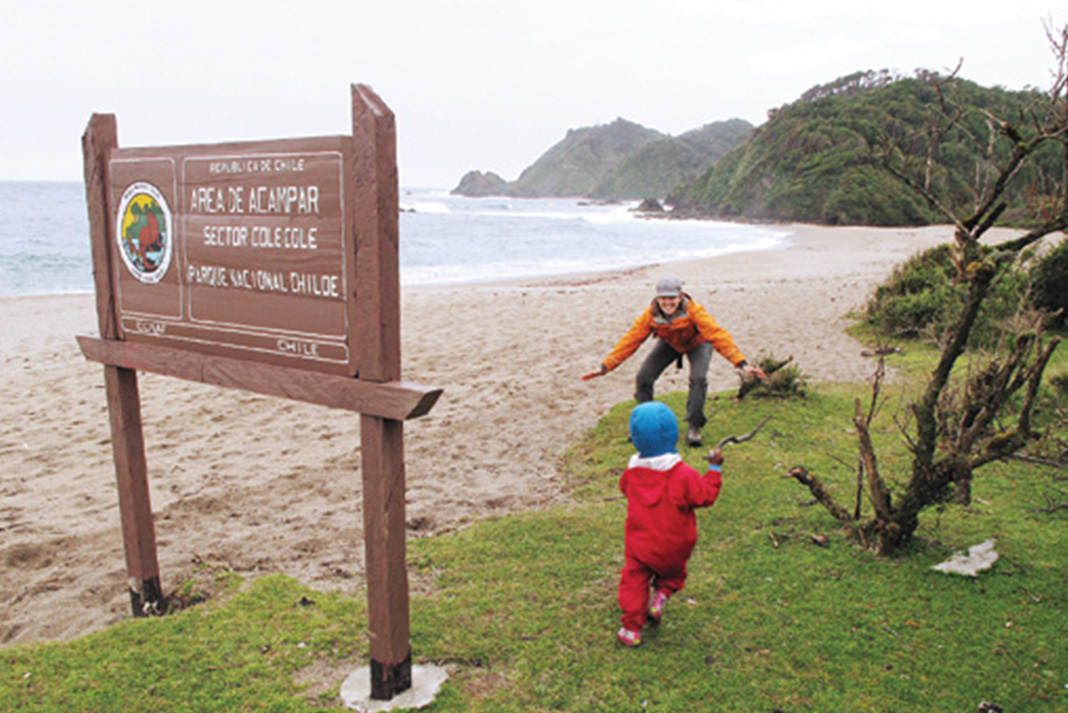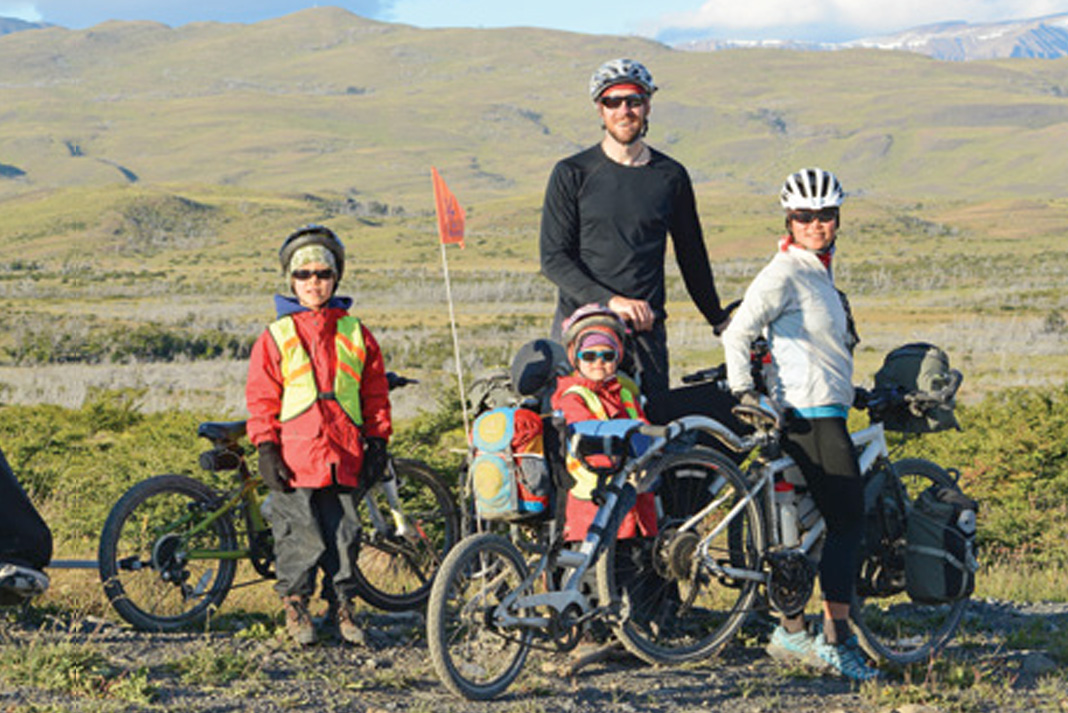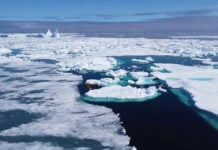Forget Disney—how about llama trekking instead?
Adventure tourism isn’t just the domain of wilderness travelers and backpacking vagabonds anymore. Today’s parents are taking their children on adventurous trips all over the world in greater numbers than ever before. The children of Generation Y will be the best-traveled youngsters in history.
Whether it’s a week kayaking the coast, a month canoeing the backcountry or a season spent cycling across Patagonia, the trend is the same—today’s parents are unwilling to put their passions on hold until their kids grow up.
“The family outdoor industry is booming because the people who grew up in the ‘70s and ‘80s with the advent of backpacking, mountain biking, rock climbing and other adventure sports now have kids they want to bring along on their outdoor pursuits,” says Scott Graham, author of Extreme Kids: How To Connect With Your Children Through Today’s Extreme (and Not So Extreme) Sports. His family floated their first multi-day rafting trip when the kids were just toddlers and by age six the kids were paddling their own kayaks on multi-day trips.
The rewards are worth the extra work it takes to plan a trip that includes little ones. “Family closeness and a shared appreciation for the natural world are the benefits of family adventure travel—it’s especially important when so many electronic-gadget-addicted children and parents are losing touch,” Graham adds.
Traveling with kids brings great rewards
“Traveling with kids brings great rewards,” agrees Dan Clark, a father at the leading edge of this trend. Creators of award-winning flick Have Kids, Will Paddle, the Clark family canoed 2,000 miles to reach the Arctic Ocean in 2012. The film inspired many families to get outside on trips of their own, albeit usually shorter ones.
This summer, Clark, wife Alice, Kobi, 6, and Ava Fei, 4, are cycling 3,000 miles from southern Chile to northern Argentina, crossing windswept pampas and the jagged Andes mountain range.
“One thing I really enjoy about the pace of self-propelled travel is the opportunity to see something on the horizon, chat about it, look at it and then talk about it after,” explains Clark.
“Kids can be part of that in a canoe or on a bike, but it goes by too fast in a car. We notice so many things in our travels that we would miss in a car. We met one car-bound family in southern Chile who had yet to see a condor. Kobi heard this and was surprised because we had seen at least one every day that week.”
Along the way the Clarks have met like-minded families, including a German family who started their cycling journey in Alaska, about 17,000 road miles away. Clark hopes their family adventures help his kids develop goal setting skills, tolerance for adversity and an interest in exploring the world.
Some may consider an international journey with kids risky, “but most of those risks can be minimized with planning, a conservative approach and listening to the kids along the way,” Clark adds.
Graham agrees: “There’s growing recognition that the most dangerous thing we can do to our kids is allow them to become couch potatoes. The current generation of American children is the first ever that may have a shorter life expectancy than their parents. That’s alarming, and something a growing cadre of parents are recognizing and working to forestall by making sure their children are active.”
“There’s growing recognition that the most dangerous thing we can do to our kids is allow them to become couch potatoes.”
Author, TV personality and veteran traveler Bruce Kirkby spent this summer on a three-and-a-half month journey to Ladakh, India, with his wife Christine, and children, Bodie, 6, and Taj, 4. To get there they traveled from British Columbia by canoe, container ship, train, jeep and by foot—no planes allowed.
“For us, these trips are all about exposing our kids to the beauty and diversity of the planet,” explains Kirkby.
“Traveling is what Christine and I truly value—open-minded exploration of the world’s wildest places and cultures. It is what we live to do, so it would make no sense not to involve our kids,” he adds.
Brian McCutcheon, founder of ROAM Adventures Inc., runs adventure travel trips all over the planet, from week-long, laid-back paddling trips in the Great Bear Rainforest and Galapagos Islands, to multi-week treks in the Himalayas. He notes that kids are much more a part of the adventure travel scene than they were just a decade ago—40 percent of his return clients are families.
Family adventure travel doesn’t have to include far-off international destinations
Family adventure travel doesn’t have to include far-off international destinations or high-adrenaline activities to be beneficial. According to McCutcheon, what parents are craving are real experiences with their kids.
“People seem to be more busy than ever, so spending quality, meaningful time with their kids has never been more important,” he says. “A wilderness experience is so much more authentic than a contrived resort vacation—no matter how fancy the pool.”
Dave Quinn recently returned from a family surf trip in Nicaragua with his wife and two kids, Tumelo, 5, and Mariha, 1. They went for the sun, but savored the slow pace of beach life and cultural immersion.
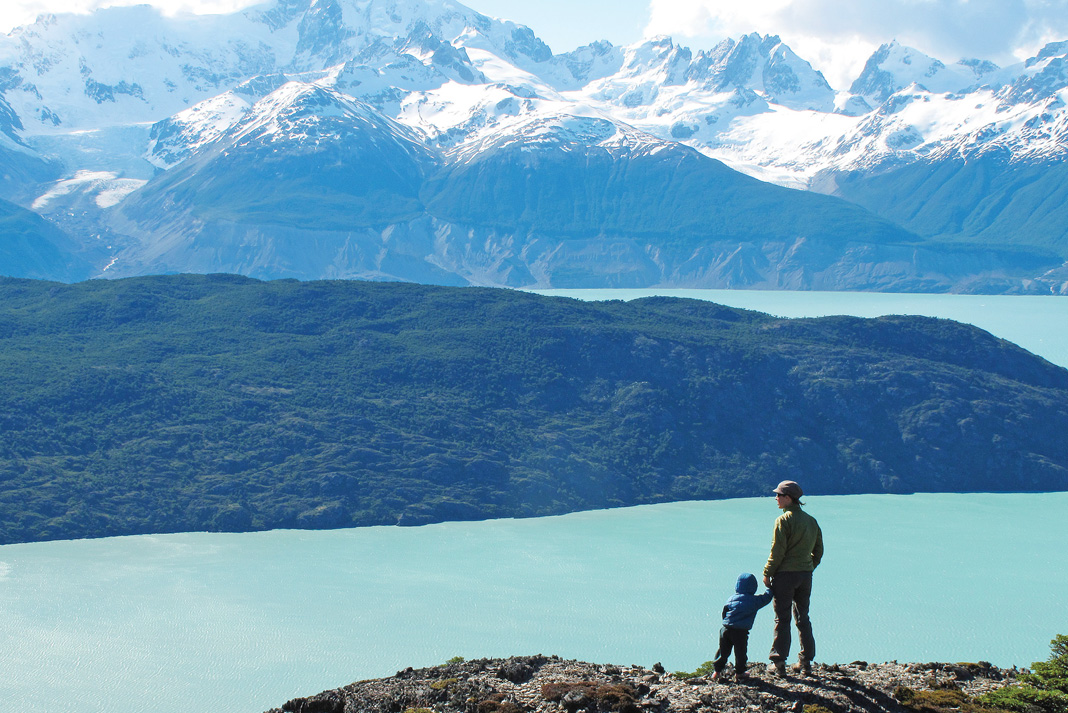
PHOTO: DAVE QUINN
Generation Fly
If you are just dipping into the family adventure travel scene, a few simple tricks can make sure you cruise through your trip.
• Get buy in » Ask your kids where they want to go, what they want to see and what they want to do. Feeling like they’re a part of the decision-making process will help keep them invested in the activities on trip.
• Travel less » Transitions are tough for all of us. The less packing and unpacking, buses, planes, trains and hotels, the easier it is on many kids. Staying in one spot can also immerse your family in the local community, which adds a whole new dimension to the travel experience.
• Avoid restaurants » What used to be a romantic evening out for two can easily become a fork-flinging, tantrum-filled nightmare. Cooking for your family is cheaper than eating out, creates a normalized sense of home and minimizes the risks of food-borne illness.
• Call the doctor » Health concerns can be a major stress when traveling with kids. Visit a pediatrician for advice on recommended medications and how to stock your first aid kit. Even where there is no risk of malaria, bring a small mosquito net to avoid sleepless, itchy kids covered in bug bites.
• Kid-friendly destinations » Everyone will have more fun if you are confident that your kids are safe, happy and healthy. Do research before you go to identify red flags—big riptides, stinging jellyfish and hordes of biting sandflies are red flags for me, but each family will have their own.
